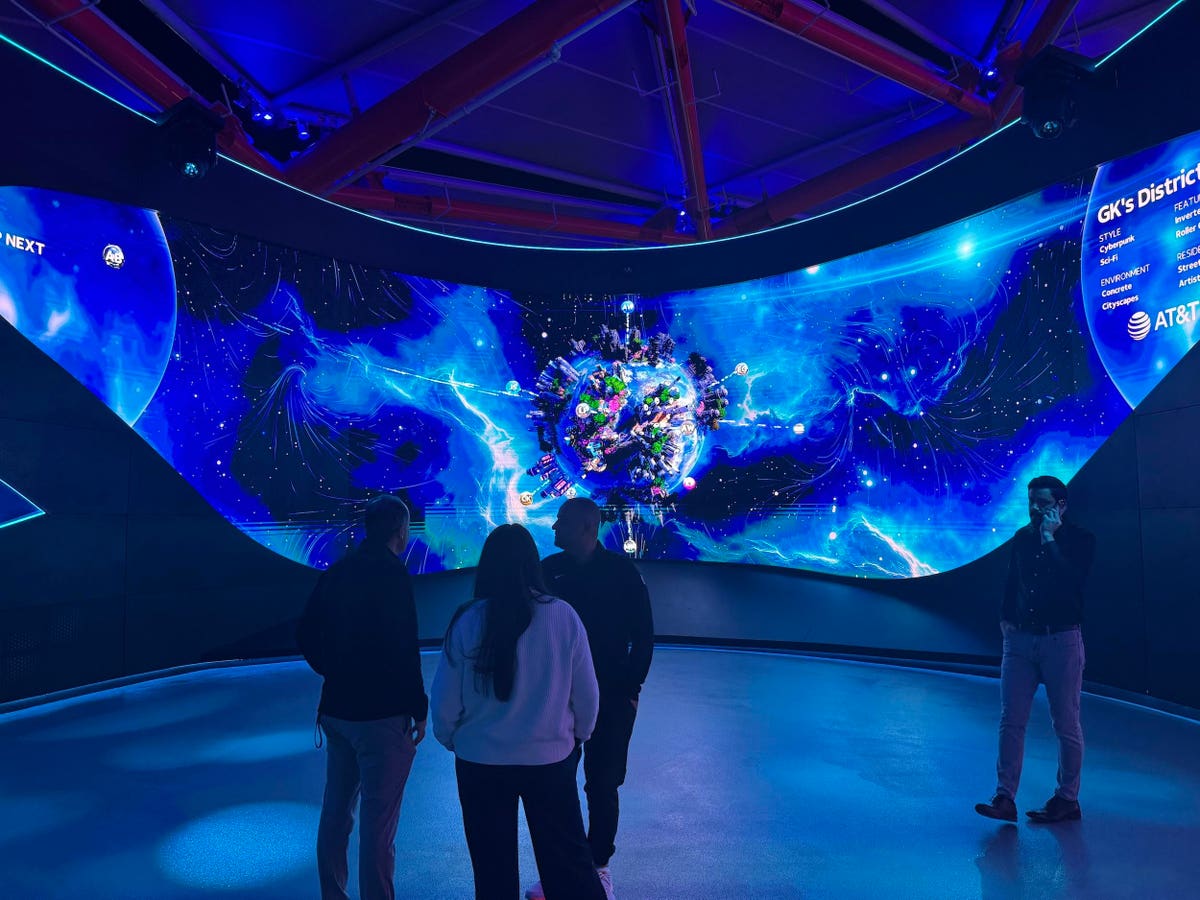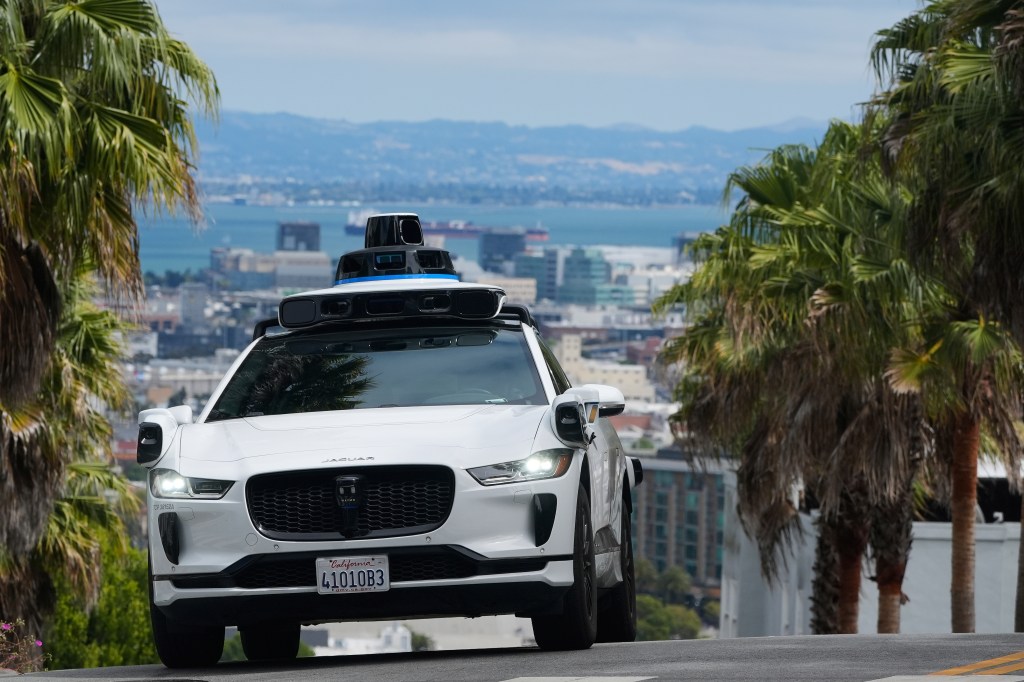Summary
LAs $2 billion Intuit Dome showcases how AI is reshaping architecture and fan experience, from smart-arena systems to Luminary Designs generative Connecto…
Source: forbes.com

AI News Q&A (Free Content)
Q1: How does the Intuit Dome leverage AI to enhance the fan experience during events?
A1: The Intuit Dome utilizes AI to significantly enhance the fan experience by integrating advanced technologies such as AI-powered biometric concessions and a 270-degree Halo board. This board provides an immersive viewing experience and is capable of personalizing content for fans in real-time. The AI systems also streamline purchases, allowing fans to avoid long waits, thereby improving overall convenience and engagement during events.
Q2: What role does Refik Anadol's 'Living Arena' play in merging AI with architecture at the Intuit Dome?
A2: Refik Anadol's 'Living Arena' at the Intuit Dome exemplifies the fusion of AI with architecture through an AI data painting displayed on a monumental LED screen. This installation transforms data into a multi-channel aesthetic experience, showcasing how AI can be used to create dynamic and interactive art forms that enhance the architectural and environmental narrative of the venue.
Q3: What are the sustainability initiatives integrated within the Intuit Dome, and how do they interact with AI technologies?
A3: The Intuit Dome incorporates several sustainability initiatives, positioning it as the first climate-positive arena in the U.S. These include the use of solar power and other eco-friendly technologies. AI technologies complement these initiatives by optimizing energy use and enhancing the efficiency of various systems, thus supporting the arena's environmental goals while maintaining high levels of fan engagement and entertainment.
Q4: How does the concept of 'Connectopia' utilize AI to create personalized experiences for fans at the Intuit Dome?
A4: Connectopia, an AI-driven world-building experience, allows fans to create personalized 8K cinematic environments by selecting descriptive words that the system transforms into detailed narratives in real-time. This innovative approach utilizes AI to generate immersive experiences, enhancing fan engagement by allowing them to interact with and shape their environment at the venue.
Q5: What insights does the paper 'Trustworthy, Responsible, and Safe AI' provide about AI safety in architectural design?
A5: The paper 'Trustworthy, Responsible, and Safe AI' offers a comprehensive framework for AI safety, emphasizing the importance of trustworthy and responsible AI in design and architecture. It highlights key challenges and mitigation strategies, advocating for safe AI deployment that considers public safety and national security, thereby ensuring that AI applications in architecture are both innovative and secure.
Q6: How is human-machine interaction (HMI) integrated into AI systems at the Intuit Dome to improve architectural design?
A6: The integration of human-machine interaction (HMI) in AI systems at the Intuit Dome is geared towards creating lightweight AI architectures that enhance design efficiency. The AI-in-the-loop approach ensures that AI systems remain reliable and explainable by involving human input during critical stages, such as data selection and performance evaluation, thereby optimizing architectural design processes.
Q7: What technological advancements are featured in the Intuit Dome's design and how do they set a new standard in sports arenas?
A7: The Intuit Dome features cutting-edge technological advancements such as the AI-powered Halo board, biometric concessions, and PixMob LEDs for immersive lighting displays. These innovations set a new standard in sports arenas by enhancing fan engagement, streamlining operations, and integrating sustainability measures, thus redefining the typical sports venue experience through technology.
References:
- AI-in-the-Loop -- The impact of HMI in AI-based Application
- Trustworthy, Responsible, and Safe AI: A Comprehensive Architectural Framework for AI Safety with Challenges and Mitigations






